The Belvedere opens focus exhibition dedicated to the Viennese artist Gerhart Frankl
Gerhart Frankl, Vienna, April 1936 © Private archive
VIENNA.- The Belvedere is devoting the thirteenth Masterpieces in Focus exhibition to the Viennese artist Gerhart Frankl (1901–1965), who, like his idol Paul Cézanne, sought to create something of lasting significance. In 1925 Frankl wrote to his future wife: “I don’t want to be a ‘famous’ man. […] But I do want to be a truly great person. Totally and utterly responsible. That is essential. […] I don’t want to be a firework, but at every moment to have a clear conscience.” Although largely self-taught – only studying with Anton Kolig in Nötsch during the summers from 1920 to 1922 – he produced a tremendously varied and fascinating oeuvre, with many shifts in style and subject matter. His immaterial representations of the Alps from his late career are some of the highlights in his art. From 18 November 2015 to 3 April 2016 the exhibition Gerhart Frankl - Restless at the Upper Belvedere will focus on the evolution of his landscapes that culminated in his form-dissolving Mountain Fantasies. The show also explores the artist’s close ties with the Belvedere. On returning from exile in London, Frankl and his wife lived in the Lower Belvedere from 1947 and he also worked in the museum’s conservation studios. The artist’s exploration of the Baroque setting surrounding the two palaces and the view over Vienna found expression in a series he created between 1947 and 1949.
“The special occasion behind this exhibition is the gift of a large group of ninety-two works by Gerhart Frankl from the Peter Parzer collection to the Belvedere. This bequest from 2012 is the greatest addition to the collection in the history of the Second Republic to date, especially as the two oil paintings by Gustav Klimt Sunflower (1907) and Family (1909/10) are an invaluable enrichment to the Belvedere’s holdings,” Director of the Belvedere and 21er Haus Agnes Husslein-Arco expresses her gratitude to the Viennese art dealer who died in 2010.
Gerhart Frankl, overlooking Vienna from Belvedere, 1948 © Belvedere, Vienna - Legat Peter Parzer, Vienna
Even as a student Peter Parzer was interested in the work of Gerhart Frankl, an artist who never opted for the path of least resistance and was his own harshest critic. In addition to Cézanne, Old Masters such as Titian and Rubens all loomed large in Frankl’s art. Yet his work also contains Expressionist and Cubist elements and both abstract and naturalistic studies. Approximately two-thirds of his oeuvre comprises works on paper, one of Frankl’s favourite mediums that provided him with a platform for free expression. Frankl developed his own mixed media of pastels, gouache and sometimes charcoal to capture his personal experiences in the mountains. “The essentially unrepresentable nature of the Alps’ monumentality, mass, sublimity, and vastness as well as the light in the mountains, which tested the limits of painting, were resolved by Frankl through dispensing with the representational to create imagery that dissolved form and was non-figurative, almost transcendental,” is how curator Kerstin Jesse describes Frankl’s striking depictions of the mountains.
Landscapes and views of the Alps appear in Frankl’s early work and form an almost consistent thread through his oeuvre. With their distance from daily life, detachment from space and time, and sense of freedom, the mountains were a magical paradise in the artist’s eyes. A passionate motorcyclist and alpinist, he toured the Dolomites on his BMW with his future wife Christine Büringer, who was the niece of the painter Sebastian Isepp from the Nötsch Circle. From 1949, they would set out from London on a Triumph Contessa. This sense of freedom on two wheels, zooming along winding Alpine roads surrounded by magnificent and sublime nature shines through especially in his late images of mountains.
Gerhart Frankl, Silvretta, 1928 © Belvedere, Vienna - Legat Peter Parzer, Vienna
Frankl and the Belvedere – An interlude in Vienna
The couple were forced to flee to London in July 1938 because of Gerhart Frankl’s Jewish roots. After nine years of deprivation and uncertainty, they returned to Vienna in 1947. This was by no means easy, as Frankl was tormented by the loss of his parents. “You will understand that I still cannot say anything about the horrors that occurred that I was unable to prevent,” he wrote in January 1946 to the art historian Fritz Novotny (provisional director of the Österreichische Galerie Belvedere from 1945 to 1947).
On returning to Vienna, they first had to stay with their friend Charles W. Baty as their own apartment had been unlawfully rented out. This was followed by weeks and months of traipsing from one official to the next and all the bureaucratic bullying this entailed as well as viewing a succession of apartments they ultimately could not afford to rent. Finally Fritz Novotny and Karl Garzarolli-Thurnlackh, Director of the Österreichische Galerie from 1947 to 1959, intervened and found accommodation for the Frankls in the Lower Belvedere for one year. The Belvedere therefore came to assume great significance for the artist – both in terms of his new job as conservator at the Österreichische Galerie and also as a major source of inspiration in his art. Frankl was determined to become reestablished in Vienna again and rekindled his social network both in his professional and personal life. He held lectures, applied for the post of professor at the academy, became a member of the advisory or exchange commission at the Österreichische Galerie and acted as artistic director of the Fourth International Summer Seminar of the Austrian College Society in Alpbach in 1948. In spite of his busy schedule and all the bureaucratic hurdles to contend with, Frankl was very prolific during these sixteen months in Vienna. His Belvedere series in particular stands out on account of its diversity in form and style. This Baroque setting fired Frankl’s imagination and inspired an intensive creative process. The series comprises six canvases and over forty studies, drawings, and watercolours with prominent emphasis given to the view over Vienna and sculptural subjects. In this series Frankl also made an intensive study of the cubist and constructivist elements culminating in his painting Vienna III.
Christine Frankl in the sidecar of BMW, Sella, late 1920s © Private archive
Gerhart Frankl’s position within the spectrum of modernism
Positioning Gerhart Frankl’s oeuvre, so varied in both style and subject matter, within the history of modernism raises questions that lead beyond traditional art categories and painter roles. Both an artist and an art historian, Frankl was impressed neither by the art worlds in Austria and Britain nor the artists who conformed to the mainstream. For him, authenticity and permanence were paramount.
From today’s perspective, Frankl’s work was pioneering in many disciplines. Although in his own art he did not fall in line with modern trends, he analysed them and aspired to combine tradition and modernism in his work. He made an intensive study of art theory, gave lectures at the universities of Vienna, London and Cambridge, and at adult education centres. Based on the wide scope of his artistic, technical, psychological and cultural-historical studies, and his “belated” interest in the Old Masters, he questioned the current avant-garde ideal of returning art to the praxis of life. This ideal had evolved since 1900 as a reaction to the alienation and specialization brought about by the industrial age. Exploring what painting could and should achieve in the modern world was one of the main issues for Frankl. With its conservative art market, few painters of his generation had dared to grapple with this fundamental question in Austria. Frankl became a respected artist with his work occupying a space somewhere between the Nötsch painters, Oskar Kokoschka, Herbert Boeckl, Fauvism and an independent response to Cézanne. Instrumental in answering his question were his war experiences, frequent travels, and a close circle of friends including the art historians Klaus Demus, Fritz Novotny, Kenneth Clark, and Ernst Gombrich.
Gerhart Frankl, Mountain Fantasy V - Western Alps, 1960 © Belvedere, Vienna - Legat Peter Parzer, Vienna
Frankl never aimed to use his painting to promote a certain categorical way of thinking, or to create a religious sphere, as can be found in the work of Max Weiler. Frankl belonged to a positivist, sceptical generation. He represented the elements that move the viewer in a pared down and natural way. “He did not dream of a better person but by means of a highly developed style of painting conveyed what the existing person can see,” stated the art theorist Matthias Boeckl. He tackled the subject of the Holocaust and its unrepresentable horrors in a similar way. Frankl, whose parents died in concentration camps, again chose a non-speculative translation using genuinely artistic means. It is only in hindsight, with today’s knowledge, that we can understand this essentially modern method with all its origins and effects and give these achievements due recognition.
By presenting Gerhart Frankl’s accomplishments as a painter, art historian, and theorist in the show and in the catalogue essay by Brigitte Borchhardt-Birbaumer, this exhibition represents a long-overdue tribute to this artist.
Exhibition view "Gerhart Frankl - Born to Run". Photo: Eva Würdinger, © Belvedere, Vienna
Exhibition view "Gerhart Frankl - Born to Run". Photo: Eva Würdinger, © Belvedere, Vienna
Exhibition view "Gerhart Frankl - Born to Run". Photo: Eva Würdinger, © Belvedere, Vienna
Exhibition view "Gerhart Frankl - Born to Run". Photo: Eva Würdinger, © Belvedere, Vienna

/https%3A%2F%2Fprofilepics.canalblog.com%2Fprofilepics%2F1%2F0%2F100183.jpg)
/https%3A%2F%2Fstorage.canalblog.com%2F03%2F02%2F119589%2F96711876_o.jpg)
/https%3A%2F%2Fstorage.canalblog.com%2F11%2F31%2F119589%2F94773502_o.jpg)
/https%3A%2F%2Fstorage.canalblog.com%2F20%2F83%2F119589%2F94772815_o.jpg)
/https%3A%2F%2Fstorage.canalblog.com%2F26%2F72%2F119589%2F75604929_o.jpg)
/https%3A%2F%2Fstorage.canalblog.com%2F59%2F60%2F119589%2F26458628_o.jpg)

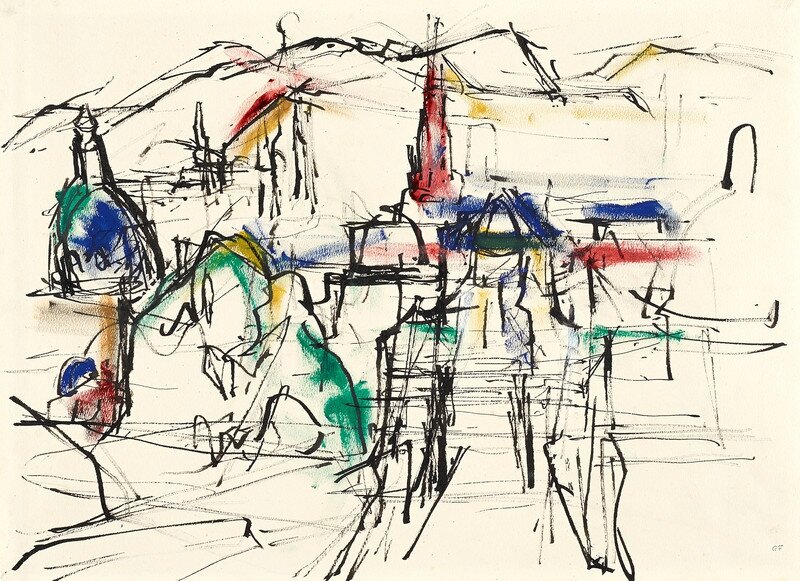
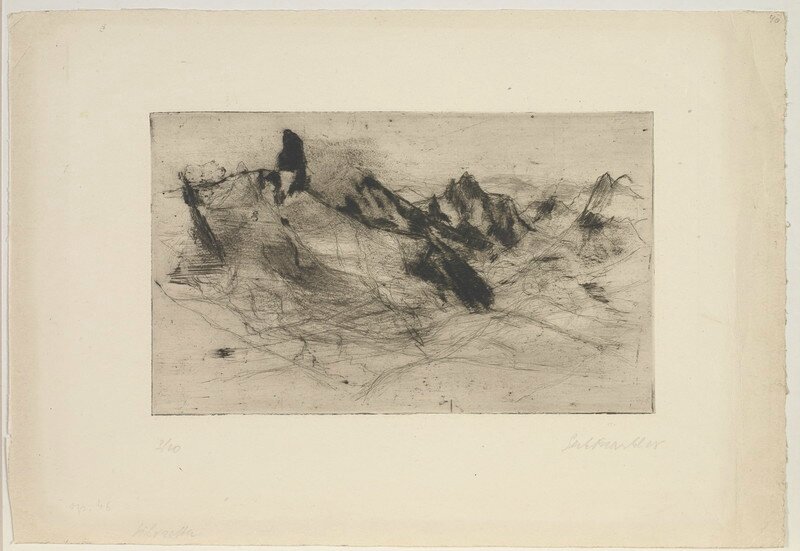


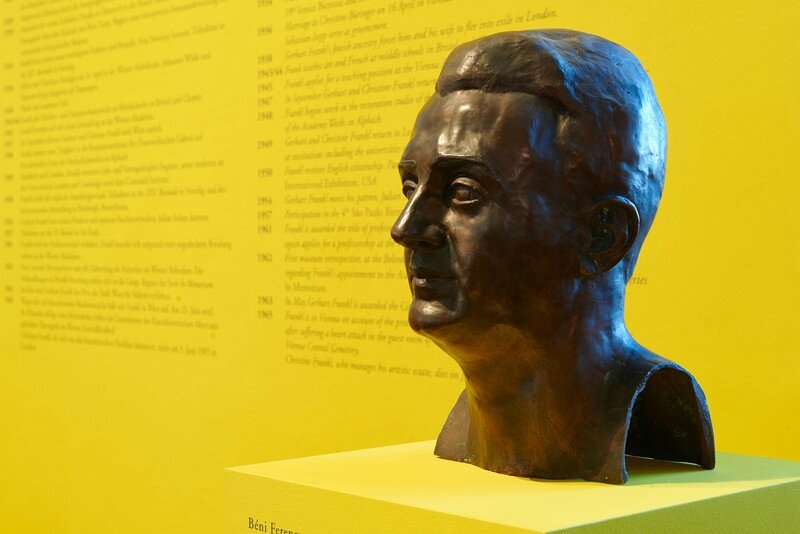

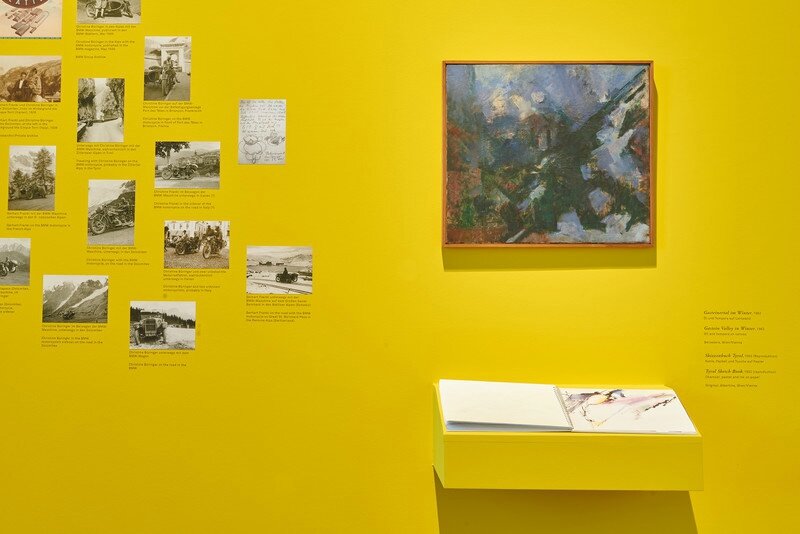
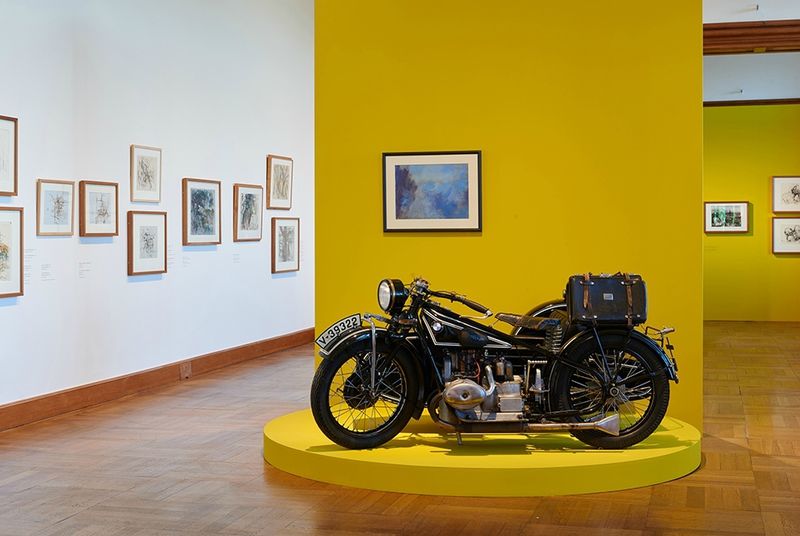


/http%3A%2F%2Fstorage.canalblog.com%2F00%2F33%2F119589%2F114771064_o.jpg)
/http%3A%2F%2Fstorage.canalblog.com%2F15%2F77%2F119589%2F112861527_o.jpg)
/http%3A%2F%2Fstorage.canalblog.com%2F67%2F10%2F119589%2F112573706_o.jpg)
/http%3A%2F%2Fstorage.canalblog.com%2F62%2F18%2F119589%2F112434153_o.jpg)